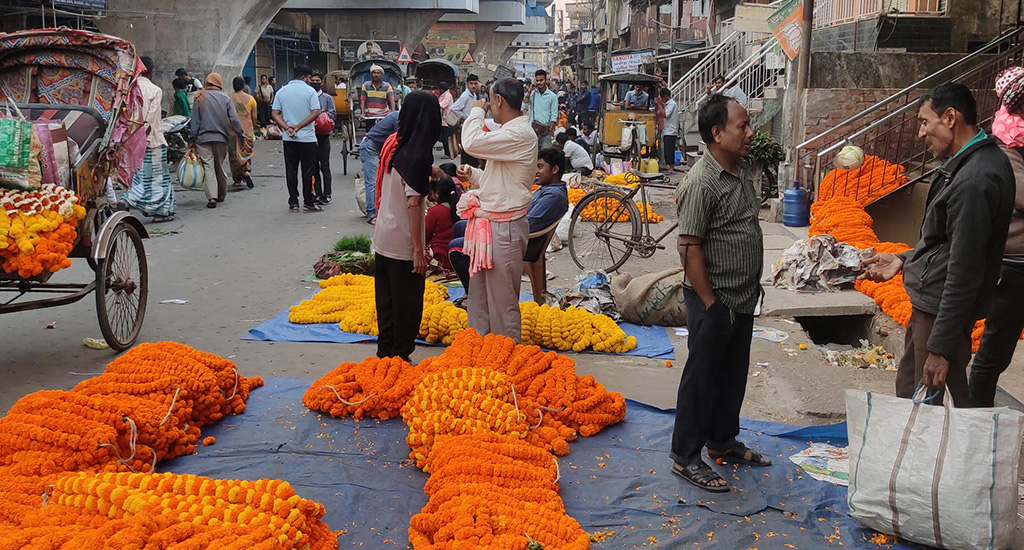
West Bengal’s flower trade booms beyond state borders
With growing demand for flowers from the north-eastern states, and government initiatives to boost floriculture and inter-state trade, flower cultivators and traders are reaping the benefits.

With growing demand for flowers from the north-eastern states, and government initiatives to boost floriculture and inter-state trade, flower cultivators and traders are reaping the benefits.
Suchitra Basu of Kudalipara village in Darjeeling district divides her time between attending to household chores and stringing the cut flowers that the farmers of her village provide.
“The farmers bring the flowers to us after plucking them from the fields. They also supply the strings for making the flower garlands,” Basu, sitting outside her mud house, told Village Square. “We easily tie 10 to 12 flower garlands in three hours and earn around Rs 150 per day.”
“The income is obviously more if you work through the day. But it’s not possible for most women as we have to look after our children and do household chores. But we still we try to spare as much time as possible.”

Basu’s village Kudalipara – with about 300 bighas of land under flower cultivation – is known as the hub of marigold farming in the district, helping farmers earn a good income. Needless to say, the flowers provide a livelihood to women like Basu in the 80 households of the village. Flowers from the district are now finding a market in other north-eastern states too, thanks to better transportation facilities.
With better road and rail connectivity, Siliguri serves as the gateway to north-eastern states, helping West Bengal’s flower trade flourish. (ALSO READ: Flowers bring women sweet scent of success)
Flowers like marigold, orchids and gerbera are supplied to the north-eastern states of Assam, Meghalaya, Arunachal Pradesh and Manipur.
“The government is opening up rail routes even in far-flung states like Tripura and Manipur. This year, the government has also started superfast Janshatabdi train connecting Manipur with Tripura via Assam. This super speed train certainly helps the flower traders reach new markets,” Sushil Biswas, said a flower wholesaler in Siliguri.
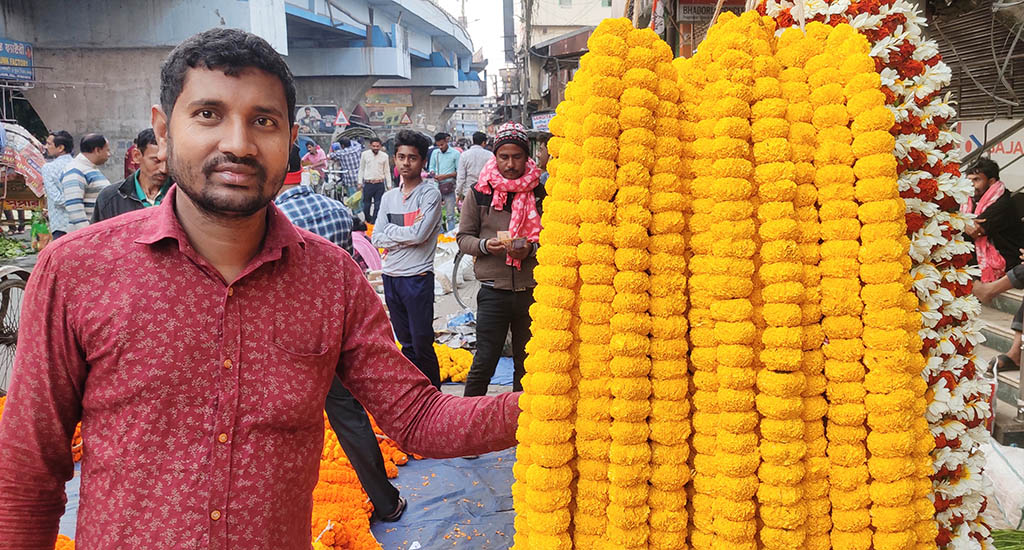
“Earlier, I used to send flowers worth Rs 60,000-70,000 to Assam. It has increased to over Rs 1 lakh in the past few years. The roads in those states are also in better condition. So flowers can reach even rural areas,” Biswas added.
The market is not just restricted to the north-eastern states.
“Flowers from the district are also supplied to Delhi, Hyderabad, Bengaluru and other cities through air,” said Prasanta Sen, general secretary of the Siliguri Horticulture Society, a trade organisation.
The north-eastern states have a huge demand for marigold which is not produced there in large numbers, according to Sen.
Many link the demand to loss of vast stretches of fertile agricultural lands in Assam, caused by soil erosion.
“Agricultural land is decreasing in north-eastern states, especially Assam. So they’re forced to depend on other states for many farm produces including flowers,” said Rabi Mahanta, a flower wholesaler.
The demand from the north-eastern states has naturally resulted in more farmers taking up flower cultivation.
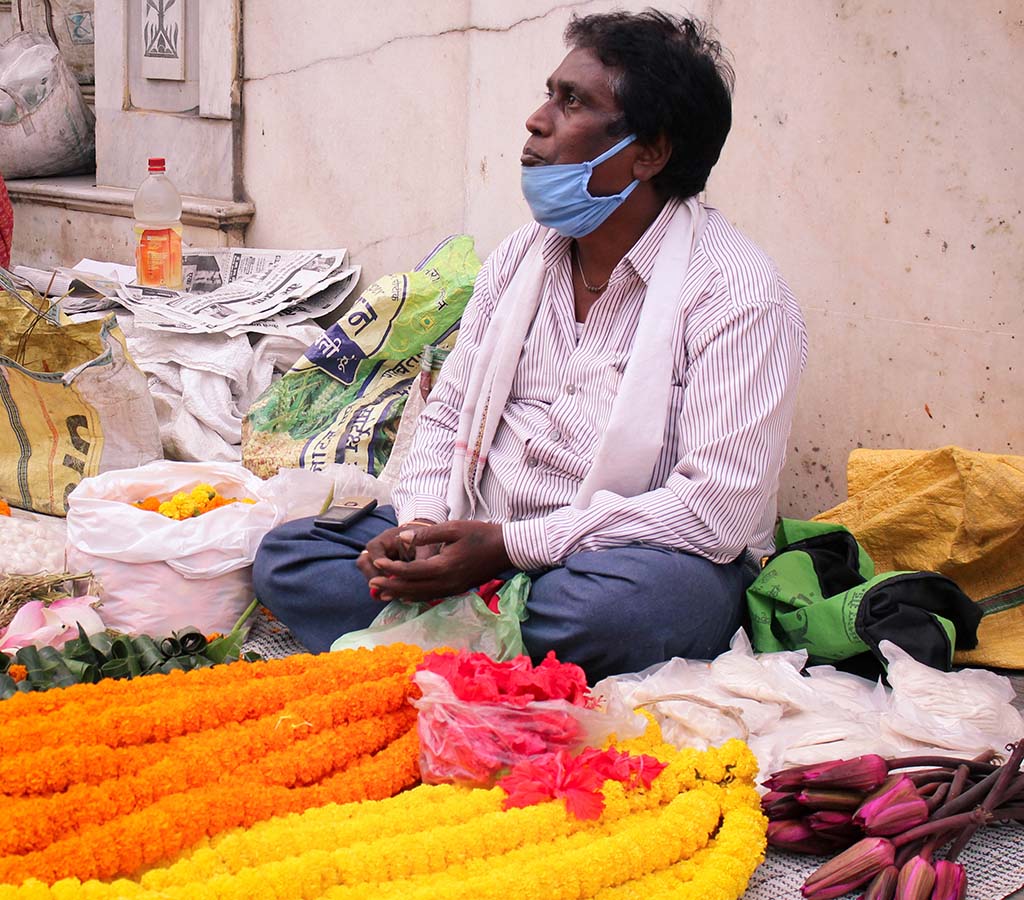
As per statistics provided by the state government, the total flower cultivation area in the state was 26.054 hectares in 2016-17. The production was 71.27 tonnes. In 2020-21, the area increased to 29.315 hectares though production had a slight drop at 70.92 tonnes.
In 2016-17, the flower cultivation area in the neighbouring Jalpaiguri and Alipurduar districts was 0.180 and 0.134 hectares respectively. It increased to 0.220 and 0.160 hectares in 2020-2021.
The area under flower cultivation in north Bengal districts is 2,400 hectares. The north Bengal districts’ annual turnover through the flower trade is Rs 1,000 crore, according to Siliguri Horticulture Society officials.
While the data indicates that West Bengal’s flower trade has been booming, a section of the farmers is disgruntled. They blame middlemen for taking a major chunk of their income.
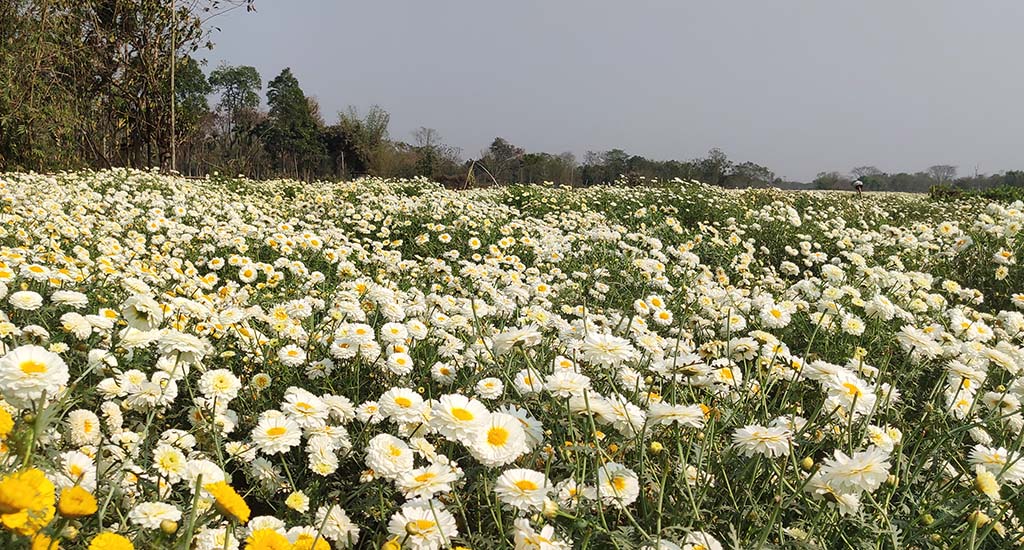
There is a lack of cold storage facilities to store the flowers and no wholesale market nearby, forcing the farmers depend on the middlemen.
“They often procure the flowers at a lower price and sell them at a higher rate to wholesalers. We sometimes end up facing losses. The government should look into our issues,” Tapan Basu, a farmer from Kudalipara told Village Square.
Though some of the farmers’ concerns are genuine, the state government has been taking ample initiatives. The government has been organising annual flower fair in Siliguri – the biggest floriculture fair in the north-east – to attract buyers.
“The fair is being held for the past 25 years. But we hardly had traders interested in taking stalls till a few years ago,” the Siliguri Horticulture Society officials said.
But the situation has changed. The fair had 78 stalls this February – the highest over the years. The fair also generated around Rs 4 crore of business.
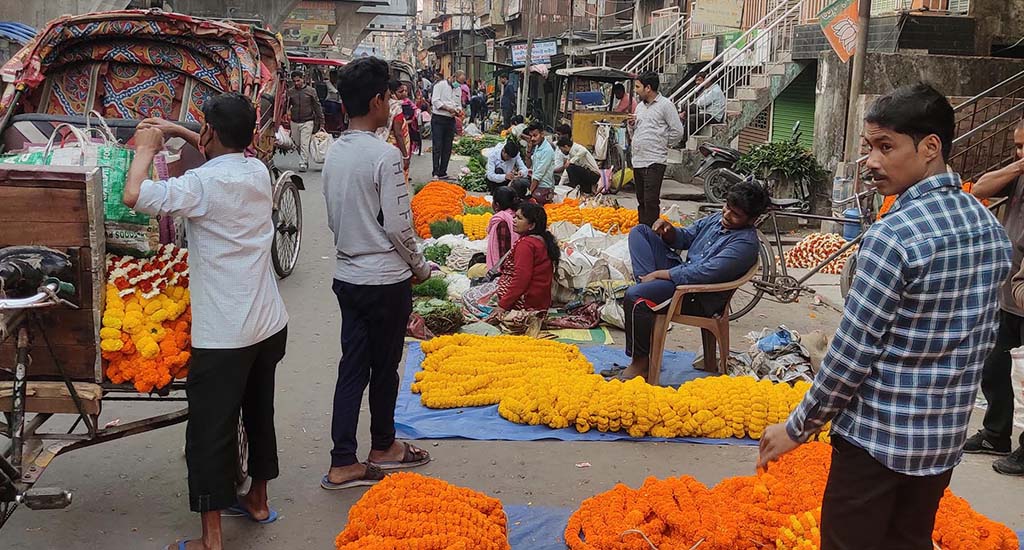
Though government officials do not have trade value, they acknowledge the increase in acreage under flower cultivation.
“The production might slightly vary depending on natural factors. But the flower cultivation area is increasing in West Bengal because of better soil and climate conditions and also different schemes launched by the state government such as Mission for Integrated Development of Horticulture (MIDH), Rashtriya Krishi Vikas Yojana (RKVY) and State Development Scheme (SDS),” said Navojit Chakraborty, Join Director of Horticulture (Statistics), West Bengal.
MIDH is a central government scheme that supports the development of the horticulture sector. RKVY is a state government scheme offering assistance in certain areas of agriculture, aimed at 4% annual growth. The SDS includes schemes for farmers.
“The government interventions are a blend of technological adaptations and fiscal incentives to attract farmers as well as entrepreneurs to the horticulture sector,” said Chakraborty.
The initiatives are certainly bearing fruit as the data and those in West Bengal’s flower trade indicate.
Reporting and photographs by Gurvinder Singh, a journalist based in Kolkata.